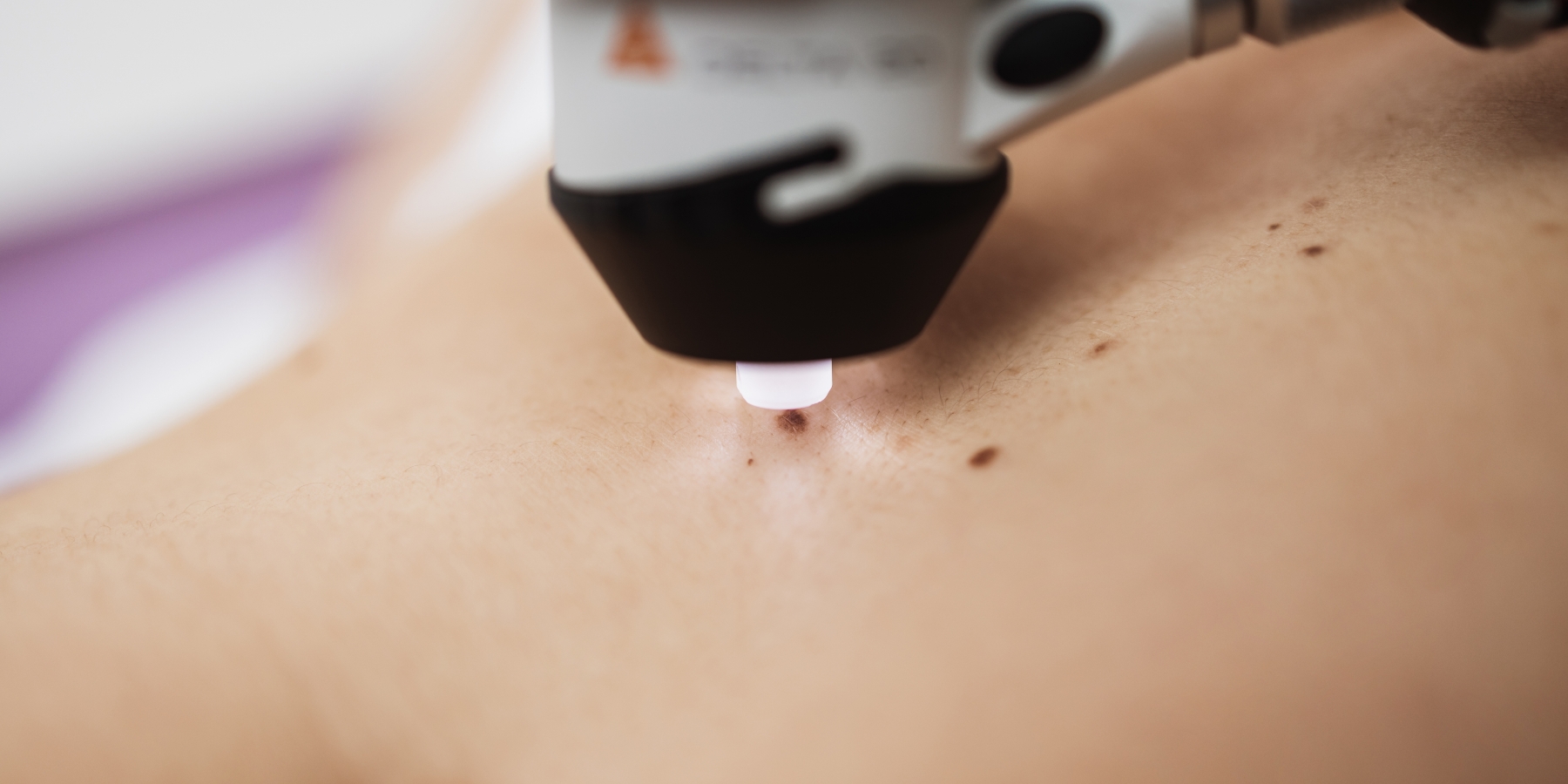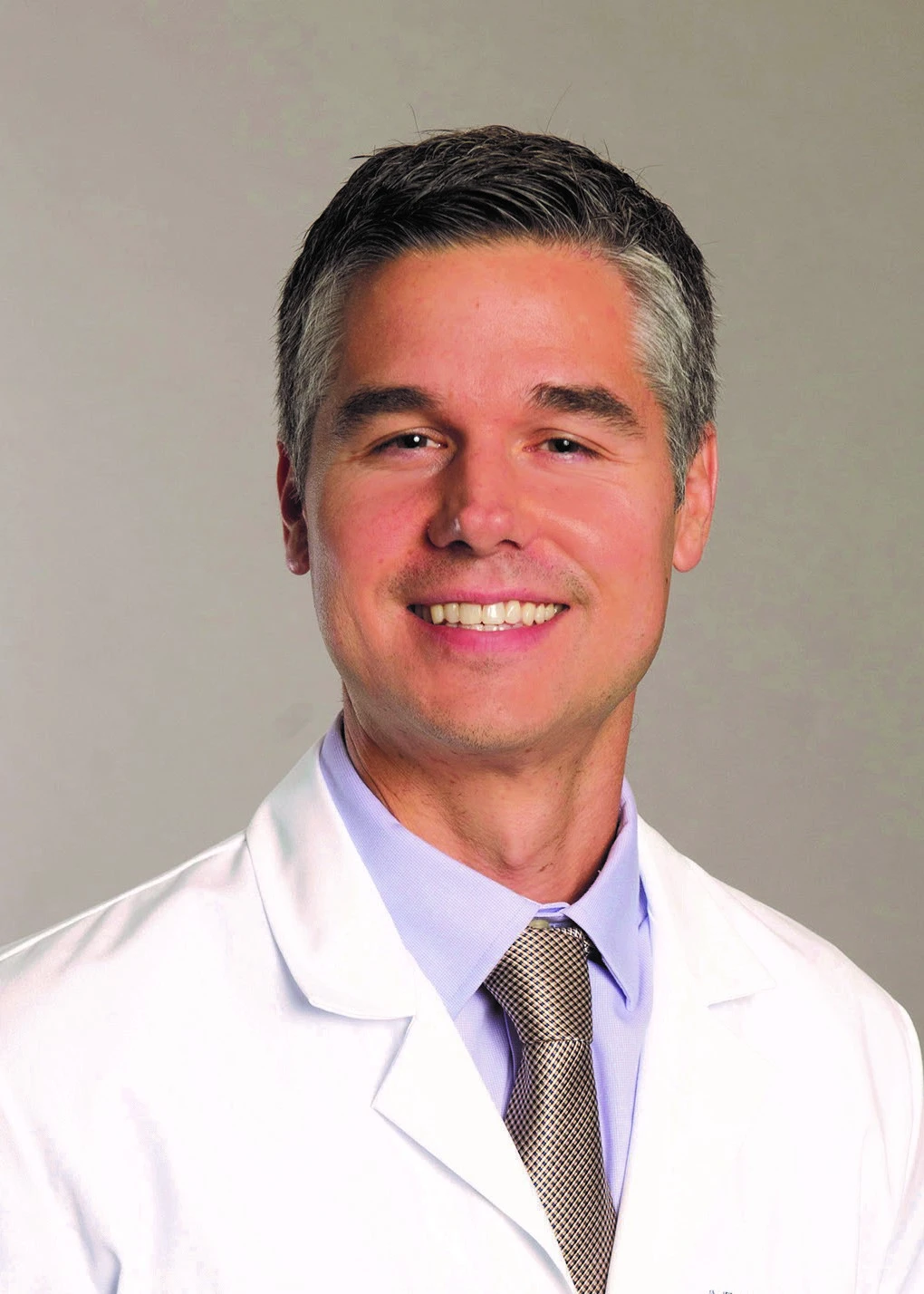
Your skin is your body’s largest organ and serves as the first line of defense against the environment. Despite this, skin health is often overlooked until issues arise. Regular skin checks are essential for maintaining healthy skin and catching potential problems early, particularly skin cancer. When issues are detected early, they are typically easier to treat and deal with. You mustn’t underestimate the importance of skin checks for detecting and preventing serious skin complications.
Understand Your Skin
Skin cancer is the most common type of cancer, but it is also one of the most treatable when caught early. Regular skin checks and skin cancer screening tests can help detect the three main types of skin cancer: basal cell carcinoma, squamous cell carcinoma, and melanoma. Melanoma, in particular, is aggressive and can spread quickly, but it is highly curable when detected in its early stages. Conducting regular self-examinations and seeing a dermatologist for professional skin checks can help identify suspicious moles, growths, or changes in your skin and allow for early intervention, which may reduce the risk of advanced or complicated skin issues.
While regular skin checks are often focused on skin cancer, they can also help identify non-cancerous skin conditions that may need attention. Conditions like psoriasis, eczema, and dermatitis can be effectively managed with early diagnosis and treatment. Additionally, early detection of precancerous lesions, such as actinic keratosis, can prevent them from developing into skin cancer.
How To Spot Skin Cancer
Our skin constantly changes due to aging, sun exposure, and other factors. Whether or not you are at increased risk for skin cancer, you should be familiar with your skin’s appearance, making it easier to notice changes over time. Lookout for new moles, growths, or changes in existing spots, sores that don’t heal and abnormal or changing moles. Look for new spots or spots that change.
- Watch for sores that don’t heal or heal then return.
- Be aware of spots or sores that change in sensation or are itchy, tender or painful.
- Check everywhere. Skin cancer can develop in places that do not get sun exposure. This includes under your arms, the soles of your feet, buttocks and genital areas.
- Get help to inspect hard-to-see areas such as the scalp.
- Look for areas of concern when you shampoo, shower or apply lotion.
If you detect an unusual spot on your skin — or anything that is not normal for you — contact your doctor immediately or schedule a visit with one of Houston Skin’s Board-Certified Dermatologists.
Determining Your Skin Cancer Risk
Aside from exposure to UV light (from the sun or manmade sources, such as tanning lamps), the following are some of the possible risk factors for skin cancer:
- Are over the age of 40
- Have moles on your body
- Have suffered from one or more severe sunburns as a child or adolescent
- Regularly spend time outside
- Family history of skin cancer
- People with fair skin and a northern European heritage
- Immune suppression, such as in people who have had organ transplants
- Smoking (increases the risk for squamous cell cancer, especially on the lips)
Skin cancer testing can save a person’s life. Early detection allows patients to receive essential therapy in a less invasive manner, preserving more healthy skin.
Protect your Skin
Follow these tips to protect your skin from the sun’s damaging ultraviolet rays and reduce your risk of skin cancer:
- Seek shade when appropriate, remembering that the sun’s rays are strongest between 10 a.m. and 2 p.m. If your shadow is shorter than you are, seek shade.
- Wear sun-protective clothing, such as a lightweight and long-sleeved shirt, pants, a wide-brimmed hat and sunglasses with UV protection, when possible. For more effective sun protection, select clothing with an ultraviolet protection factor (UPF) label.
- Apply a broad-spectrum, water-resistant sunscreen with an SPF of 30 or higher. Broad-spectrum sunscreen provides protection from both UVA and UVB rays.
- Use sunscreen whenever you are going to be outside, even on cloudy days.
- Apply enough sunscreen to cover all skin not covered by clothing. Most adults need about 1 ounce — or enough to fill a shot glass — to fully cover their body.
- Don’t forget to apply to the tops of your feet, your neck, your ears and the top of your head.
- When outdoors, reapply sunscreen every two hours, or after swimming or sweating.
- Use extra caution near water, snow, and sand, as they reflect the damaging rays of the sun, which can increase your chance of sunburn.
- Avoid tanning beds. Ultraviolet light from tanning beds can cause skin cancer and premature skin aging.
- Consider using a self-tanning product if you want to look tan, but continue to use sunscreen with it.
- Perform regular skin self-exams to detect skin cancer early, when it’s most treatable, and see a board-certified dermatologist if you notice new or suspicious spots on your skin, or anything changing, itching or bleeding.
To schedule a skin check or cancer screening with one of our Board-Certified Dermatologists, contact Houston Skin today.



